I see and read a lot about gardening in the prepping and survival community. There’s no question that we should all be growing as much of our own food as we practically can, while also being prepared to expand our gardens, should a major disaster strike, where we would need to be supplying our family’s food for the long-term. But I’ll have to say, what is written is pretty much written for people living in temperate climates, not for people who live in the south or especially the southwest’s hot climates.
I’ve lived in growing zones 9 to 10 for over 20 years, and I’ve found that what I read in a lot of books and articles about gardening just doesn’t work for me here, where I live. I’ve had to develop other strategies and have been told by gardening gurus that live farther north, that my gardening methods won’t work. Well, they might not work for them, but then, their strategies don’t work for me either.
I realize that the things I’m about to share won’t apply to everyone. I don’t expect them to. Rather, I’m hoping to help out people who have had the same struggles I have, so that they can get a bountiful harvest, just as our prepping friends up north do.
Earn Your Food Independence NOW
When it comes to gardening in growing zones 8 to 10, temperature is everything. The hot temperature we receive causes moisture to evaporate quickly, which can result in there not being enough water for plants to remain healthy. At the same time, the lack of moisture kills earthworms, whose bodies are 80% water. Keeping moisture in the soil is the biggest single challenge we face in the heat.
Moisture
Since moisture is the number one problem, let’s start there. I’ve heard a lot of people say that gardens need an inch of water per week. In hot arid climates, we actually need to add about 1/2” of water per every 10 degrees above 60°F of average temperature. That can easily work out to 3” of water per week. If you’re getting some rain, figuring out just how much water to give your plants, in order to get that 3” can be challenging.
The first thing to do is get a good rain gauge and start tracking just how much rain you’re getting. Here, where I live, we don’t get rain often, but when we do get it, it pours. It’s not unusual for us to get 1 to 3 inches of rain in an hour, then not get rain again for a month.
The other thing you need is a soil moisture meter. These come with one probe or two, with the two-probe version also providing you with a reading about the soil pH. While that is important, it is not as important as checking the moisture level of your soil. You should do that every day, watering whenever the meter doesn’t show that there is enough water in the soil. For me, that means adding about 1/2” of water just about every day, unless it rains.
When you water is a major consideration as well. People tend to water when it is convenient for them; but that often means they are not watering during the best times of the day. If you water during the hotter parts of the day, you’re going to ensure that the water evaporates, possibly even before the plants have a chance to absorb much of it.
The best times to water are early and late. Of the two, very early in the morning is the best. When you water at night, there’s too much of a chance of the water staying in the soil, next to the roots of the plants, encouraging root and fungal growth. Watering early in the morning allows the plants to soak in the water and then the sun to cause any unused water to evaporate, rather than causing root rot.
Efficient Irrigation
One of the problems we deal with in a hot climate is avoiding wasting water. If you look at that 3” figure I mentioned above and multiply it by the size of your garden, you can see that you’re going to be going through a lot of water, just trying to keep your garden from drying up. Going through that much water in normal times is bad enough; it will be even worse in a long-term survival situation, where you’re having to harvest your own water from nature.
The Israelis solved this problem a number of years ago, by inventing drip irrigation. Put simply, drip irrigation is a method of providing water directly to the base of plants, maximizing the use of that water, rather than wasting water by watering the entire farm. A network of tubes is run through the growing area, with individual “drippers” of various types, placed at each plant.
The only problem with drip irrigation is that it does require some water pressure; not a lot, but some. Most drip irrigation systems will operate at less than 20 PSI. That’s not a whole lot, but at 0.433 PSI per foot of water column, you’d need to have a water barrel 46 feet above ground level, in order to get enough water pressure by gravity alone. That’s not exactly practical.
The solution is to use a low-pressure water pump, powered by solar power. This will make the overall irrigation system simple and efficient. By keeping the solar power for this separate from any other solar power you are running, you can ensure that you always have power to run your irrigation system.
Retaining Moisture
It is possible to avoid the need to water every day though, if you can keep the water in the soil. Adding a layer of mulch over the soil can help with that, holding at least part of the moisture in the soil. That’s one of the normal reasons for mulching anyway, as mulching can save as much as 2/3 the amount of water, by slowing down evaporation.
An alternative to mulch is to use plastic on the ground. This is common practice in farming, where the soil is plowed and covered with a plastic weed barrier, before planting. The planting occurs through the plastic, ensuring that the ground remains covered. While primarily done as a weed barrier, it also helps to hold moisture in the ground.
The only problem with using this plastic, which is referred to as “plastic mulch,” is that you have to use drip irrigation with it. But then, if you’re going to use drip irrigation anyway, that pretty much eliminates that as a concern.
Sunlight
We all know that plants need sunlight; but just how much sunlight do they need? Plants which require what is known as “full sun” need six hours per day of direct sunlight. But in the Deep South, we can get much more than that amount of sunlight on a typical summer day. That sunlight produces heat, which not only evaporates water, but can kill plants as well.
The solution to this problem is to provide the plants with some shade, while still ensuring that they will receive enough sunlight to grow properly. Rather than using trees for this, an easy solution is to erect some sort of framework and install shade cloth over it. Shade cloth is designed for gardening and will cut out roughly 50% of the sunlight, giving the plants what they need, while protecting them from too much sun. This solution is in common use in nurseries and will work just as well for your garden.
Growing Times
Another important consideration is growing times. In the north, many people start planting seedlings in plugs early, either keeping them in the house or in a greenhouse to germinate. They do this because they don’t have a long enough growing season. But we have the opposite problem in the south; our growing season is, if anything, too long. Some people refer to us as having two or three growing seasons, based on how long it takes for some crops to grow.
The problem we do have is that it can be too hot in the middle of the summer to grow anything; even plants which are supposed to grow in growing zones 9 and 10. I’ve had many a plant which was doing just fine in the middle of June and even the early part of July, die from the heat in August.
The solution to this is multi-faceted. First, we need to start planting earlier in the year. I typically start planting outdoors in February. Since we rarely have a freeze, and if we do it is in January, this is usually fairly safe. It also means that I can plant lettuce and other cold-weather vegetables, harvesting them before the weather turns hot.
To deal with plants dying off when it gets too hot, I plant again in September, which gives me a good 90 to 120 days before there’s a chance of another freeze. So, at a minimum, I have two growing seasons in the year, allowing me to grow considerably more than people who live in the north.


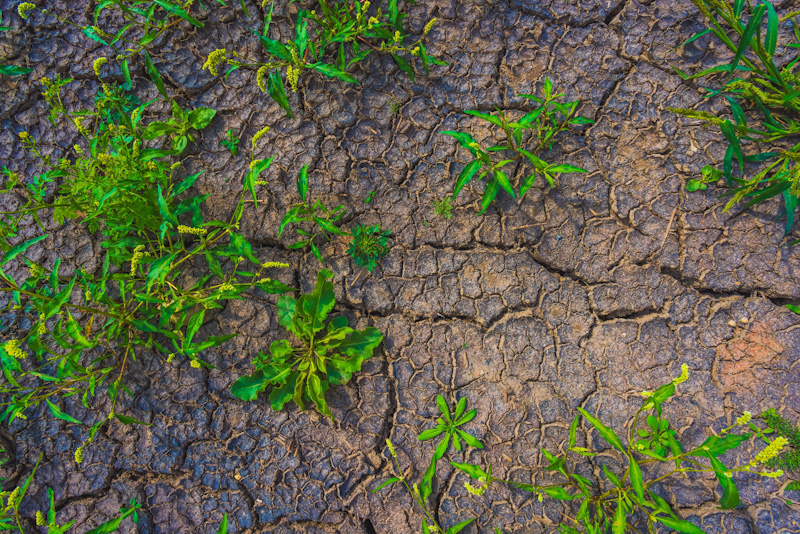

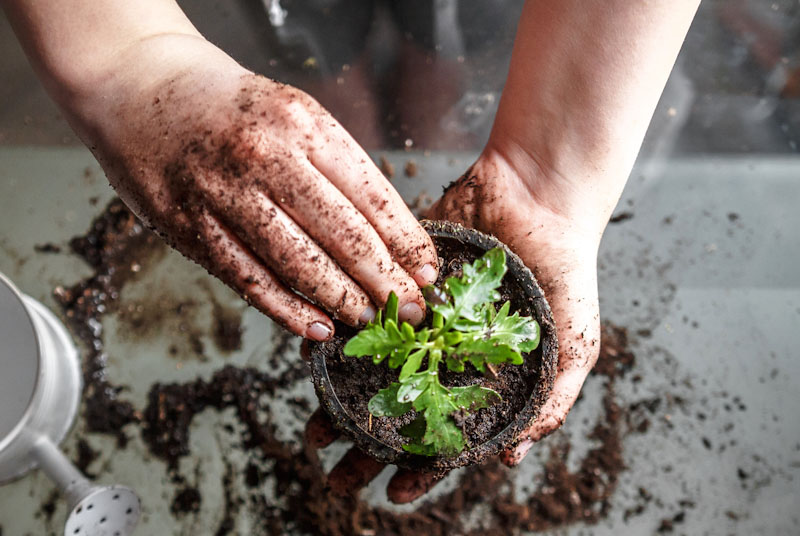
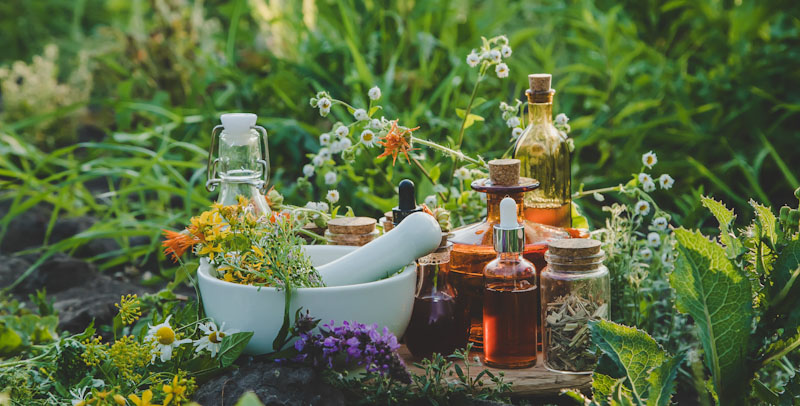
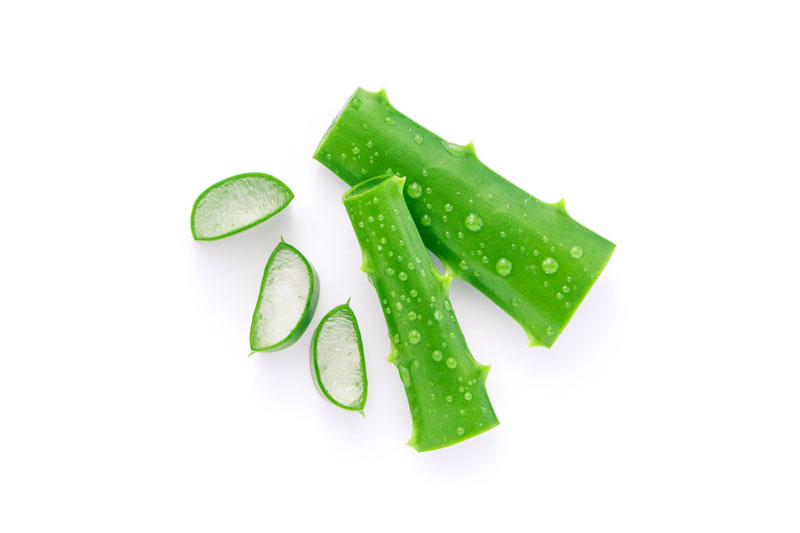
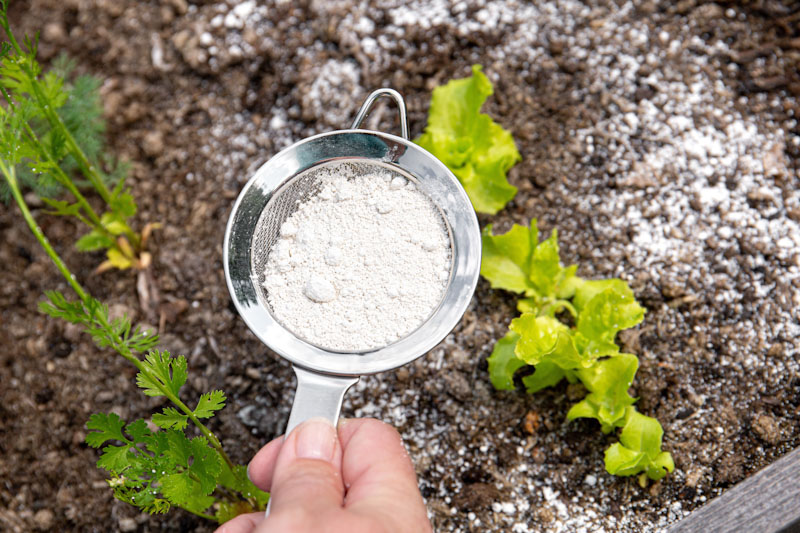


Tom MacGyver | June 13, 2023
|
You can use an RV “on demand” water pump for the drip system. It runs on 12VDC, and only operates when it detects a pressure drop, such as when you turn on a faucet. I have one of these hooked up to a “water buffalo;” a garden trailer-mounted water tank with a garden hose and a nozzle attached. It provides PLENTY of pressure to use the nozzle. It will have NO problem running a drip system.
Garden outside the box. Tomatoes are said to be “full sun.” In the Pacific Southwest desert areas this doesn’t hold. I plant mine in the SHADE, and they do fine. Put them in the sun, and the plants will grow but the tomatoes won’t. Plant them in the shade, and they’ll bear fruit even in temps of around 110*. The best place for your plants may not be in the garden. It may be under a tree. It may be in a corner of your lawn. It may be in a raised planter box intended for ornamental plants. Me? I’d rather see good veggies growing in my planter box than petunias…
Use shade screen. Soil temps in the desert can get to over 160* in heat of the day. Even the open weave shad screen I scavenged from a construction site lowered the soil temp by over 20*!!! That can be the difference between steamed plants and a harvest!
william post | June 14, 2023
|
Thanks for the info! I have written many web-sites pertaining to this exact issue. I am in S/W Fl.. My hot peppers,rosemary and basil are growing wild this time of year. We solved the water problem with a Y-Valve and a timer valve attached to the hose bib (outside fawcet) attached to a hose and added soaker hoses around the raised beds. 1 hour a day does the trick! About 20-30 dollars for the timer valve.